Take Better Pictures by Answering These 7 Questions
7 Questions
7 questions you should answer when planning to make an outdoor photograph.
1. What do you want the picture to say?
Photography is a language. It can document an event or a place. It can evoke an emotion by the way the subject matter is presented. As the photographer you must decide what you want your picture to say.
2. What is the main subject?
This may seem like a silly question, but it isn't. When you look at a scene that you want to photograph, you must determine the most important element.
If you are shooting a scene on the beach, is the most important element the lighthouse or the children playing on the beach? If the most important element is the lighthouse then you must shoot so that the lighthouse draws the most attention. The children would add to the overall interest of the picture, but the lighthouse would dominate the picture.
If on the other hand, your main subject is the children on the beach, you need to shoot so that the lighthouse is part of the backdrop or environment. You shoot the children so that they hold a dominant position in the picture.
3. What time of day should you shoot for best effect?
The lighting is a critical element in the creation of your picture. The best light can be found in the morning and the late afternoon. Unfortunately, full sun, mid day light is unflattering for any scene.
If you shoot a stand of trees and you want to emphasize the shadows of the trees, you need to wait for late afternoon on a sunny day to get the long shadows you desire. An overcast day is great for shooting at almost any time of day, because the light is diffused. You do not get the harshness of mid day sun.
4. Are there any special lighting conditions?
Sometimes you have to help nature along by adding light to achieve your objective. For example, if you are shooting a portrait outside and the weather is overcast, you may want to add fill flash to brighten the face of the individual.
5. Should you shoot Vertical or Horizontal?
Determining which format to use depends on the subject matter. If you are shooting a landscape you may get the best picture shooting horizontally. It will help you show the vastness of the landscape.
If you are shooting something tall like a windmill you probably want to shoot vertically so you can have an picture that shows great detail. You may also want to shoot your subject using both vertical and horizontal. Here are examples of the same scene shot in horizontal and vertical.
If you are going to use the picture for a magazine cover, you have to always shoot vertically. Don't forget to leave open spaces in your composition for the addition of text.
6. Should the final picture be Color or Black and White?
Most of your pictures will likely be color. However, some pictures lend themselves to Black and White. You will find that many landscapes gain a special feeling when presented in Black and White. The viewer focuses more on the effects of the composition, than the pretty colors. Here is an example of the same picture in color and black and white.
Black and White can evoke an interesting mood in portraits as well. This is especially so if you use dramatic lighting. In today's digital world, it is easy to experiment to see which works better for your picture.
7. What will be your point of view?
Point of view can add much to the language of your picture. Point of view is the relationship of the camera to the subject. Imagine several pictures of a beach.
One picture is shot at water level looking at the beach from the water.
The second picture is taken in the water from the height of a normal person.
The third picture is taken from a person on a para sail just off shore high in the air.
So we have 3 different pictures of the same subject, the beach, taken from 3 different points of view. Each photo will convey a different meaning to the viewer.
These are rather dramatic differences in point of view, but they do get the point across. The position of the camera can change the point of view.
Another example can be found in motion pictures. Movies use point of view to enhance the visual language of the film. If you imagine a recent movie you have seen that had a cowardly character, chances are you will remember they were mostly shot looking down at them. This conveyed a sense of weakness. The hero was very likely shot with the camera looking up to him. This conveyed a sense of strength. You can really see this technique if you view movies in the film noir style.
Answering these 7 questions will prepare you for a great outdoor shooting experience. Get out there and shoot!
If you wish to see examples of my photography, visit my website at
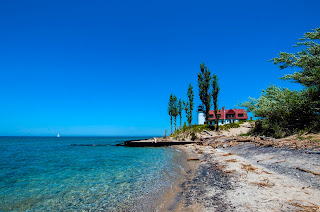
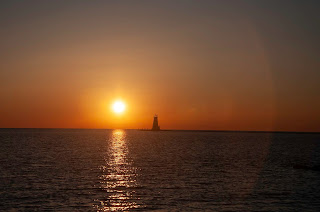
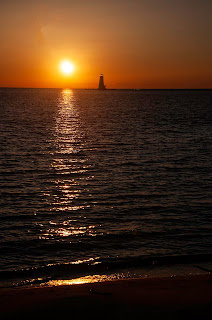
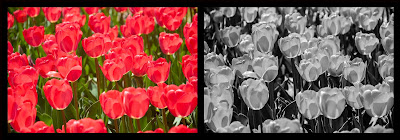
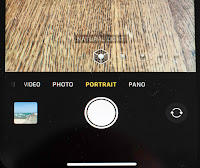
Comments
Post a Comment
Thank you for your comment.